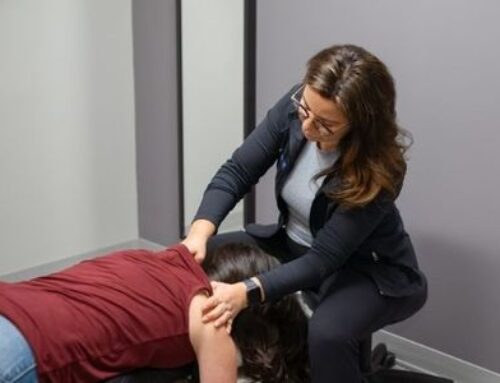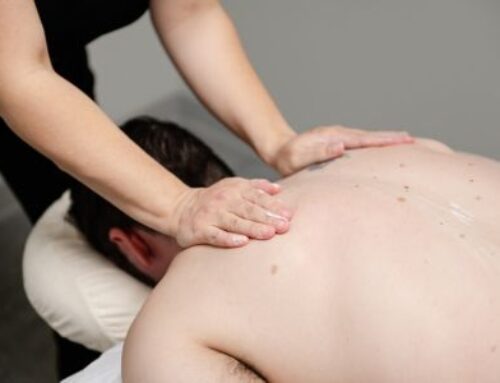We see a ton of patients for low back pain… Obviously. Most of our low back pain patients have some sort of muscular dysfunction, core weakness, dynamic instability, etc. so we utilize a myriad of core exercises to help resolve those issues. The bear position hold is quickly becoming one of my favorites to introduce to these low back pain patients that have difficulty with the idea of “stiffening” their core. Some people have a poor mind-muscle connection, and it can be challenging to engage the abdomen, including the obliques, transversus abdominis, and multifidi on command.
I like to introduce this movement before attempting a plank as a plank can be performed without core engagement, glute activation, or quad activation. You can perform a plank and just kind of hang there without much activity. The bear position hold is almost fool proof in that it is almost impossible to perform WITHOUT recruiting the core musculature.
Start out in a quadruped position with the knees under the hips and hands under the shoulders. I like to have a slightly wider stance as it translates well to the bird dog exercise, which is another exercise that will be discussed in a subsequent post. Toes should be tucked as opposed to having the feet flat on the ground. From this quadruped position, I’ll have the patient find a position with their low back in which they are most comfortable, ideally pain-free. If they need more lumbar extension, I’ll have them tilt their pelvis anteriorly. If they need more flexion, they’ll posteriorly tilt their pelvis. I prefer relative neutral lumbar spine, but a pain-free position is important.
Once they have found a position that is most comfortable, I simply ask them to lift their knees off the ground an inch or two and hold. From there, I will palpate their abdomen to check if they are stiffening their core or not. I often try to trick my patients with this exercise. If someone has absolutely no clue how to stiffen when standing, seated, or in any position, I will get them into the bear position, lift their knees, and hold WITHOUT asking them to brace. When I check, more often than not, they are braced appropriately without even trying. I will ask them “Do you feel how ‘stiff’ you are?” as I poke their obliques. A light bulb goes off as they recognize what core stiffness feels like. From here, we build up some strength in this position with some isometric holds, while still trying to get them to brace voluntarily in other positions, movements, and exercises.
As I said earlier, it is almost fool proof.




